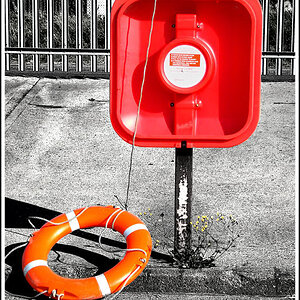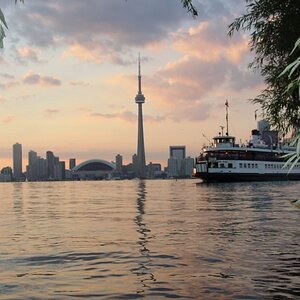Boombeat
TPF Noob!
- Joined
- Sep 5, 2011
- Messages
- 15
- Reaction score
- 0
- Location
- Malta
- Can others edit my Photos
- Photos OK to edit
Hi all!
I recently got myself a Konica minolta 7d which i find absolutely fantastic. Recently i started taking photos with the "reverse lens" method which did give me some good closeup shots but at the cost of DOF.
The lens i used is a 24-105mm. The image is of a small 5mm (body size) spiderling of salmon pink tarantula (used image stacking). My question is , what should i get :Kenko extention tubes or close up filters to get a similar image? Being a student im kinda on a budget right now and can't afford a good macro lens . Thanks in advance : )
. Thanks in advance : )

I recently got myself a Konica minolta 7d which i find absolutely fantastic. Recently i started taking photos with the "reverse lens" method which did give me some good closeup shots but at the cost of DOF.
The lens i used is a 24-105mm. The image is of a small 5mm (body size) spiderling of salmon pink tarantula (used image stacking). My question is , what should i get :Kenko extention tubes or close up filters to get a similar image? Being a student im kinda on a budget right now and can't afford a good macro lens

Last edited:



![[No title]](/data/xfmg/thumbnail/38/38261-db20f6f92ee8f0d4c5cf1536e308638b.jpg?1619738546)
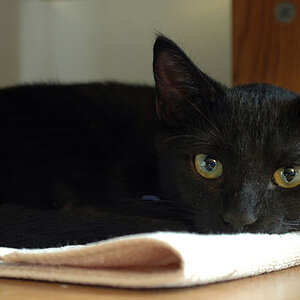


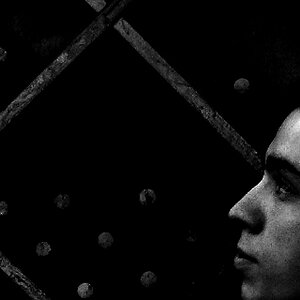

![[No title]](/data/xfmg/thumbnail/38/38262-10a9668da9a2b36a92cddde57caf87bc.jpg?1619738547)

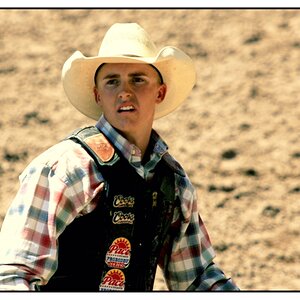
![[No title]](/data/xfmg/thumbnail/30/30889-6a35eb14fac2d7d837d49a6a1757d874.jpg?1619734500)
